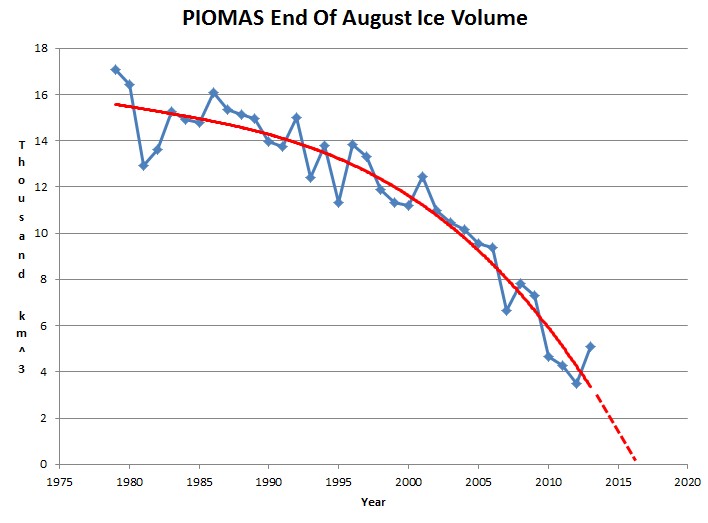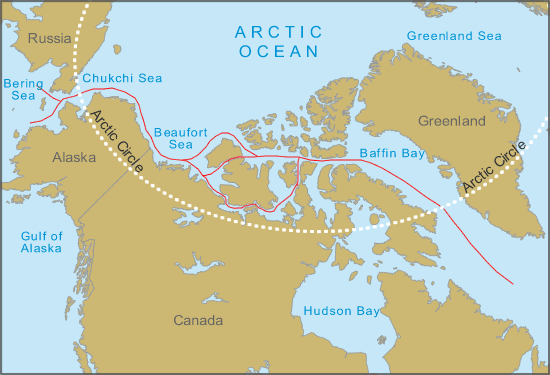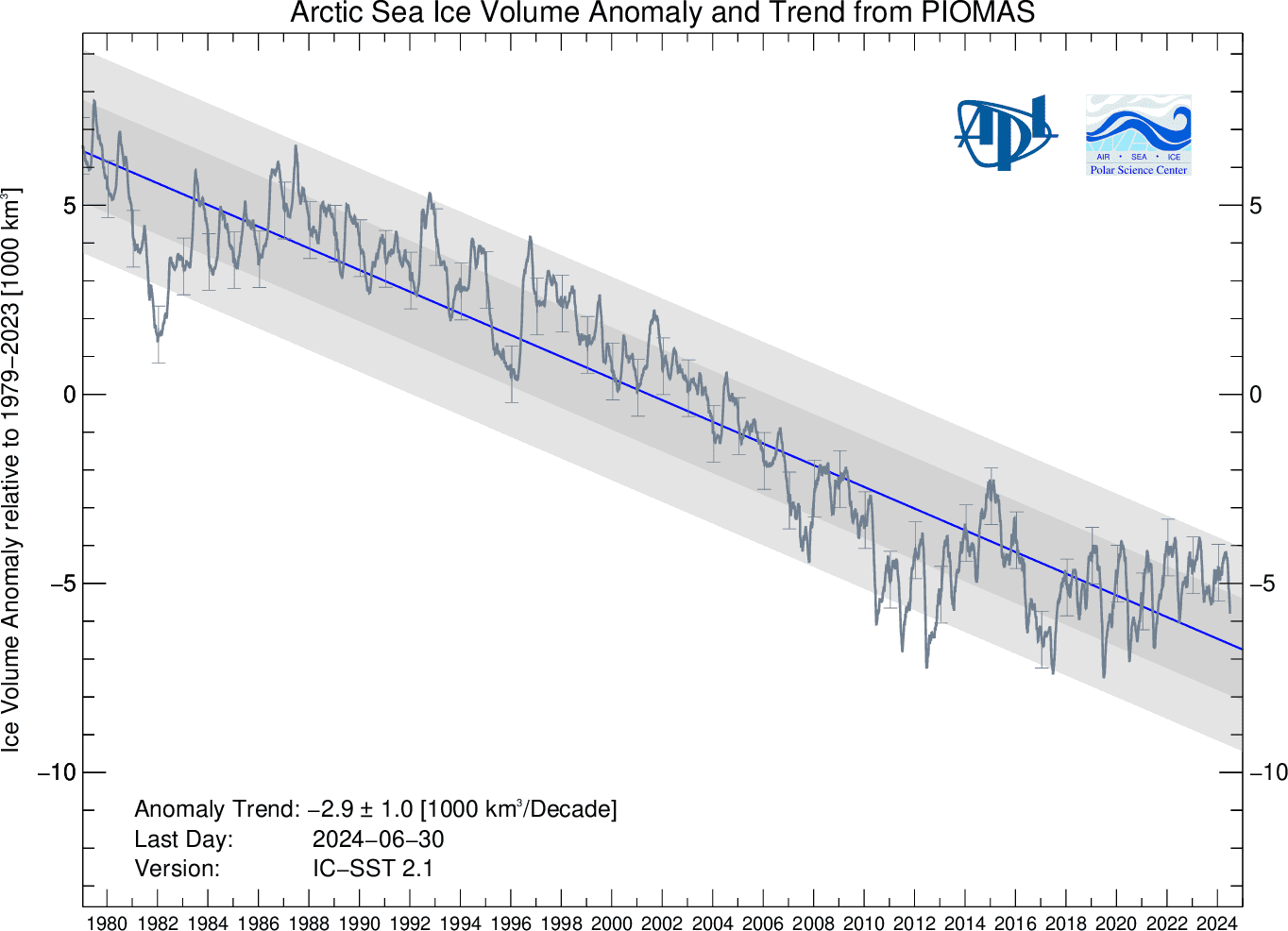Quantum Windbag
Gold Member
- May 9, 2010
- 58,308
- 5,099
- 245
I see an open route between Alaska and the Atlantic.

And it's certainly not the first time it's opened:
https://en.wikipedia.org/wiki/Northeast_passage
Look, Paddy...

That ice is a goner. There's just no chance that's going to turn around in time to stop that plunge.
You must think you are smart.
FYI, the Northwest Passage is a route along the norther border of Canada, not one that goes along the northern border of Russia.





